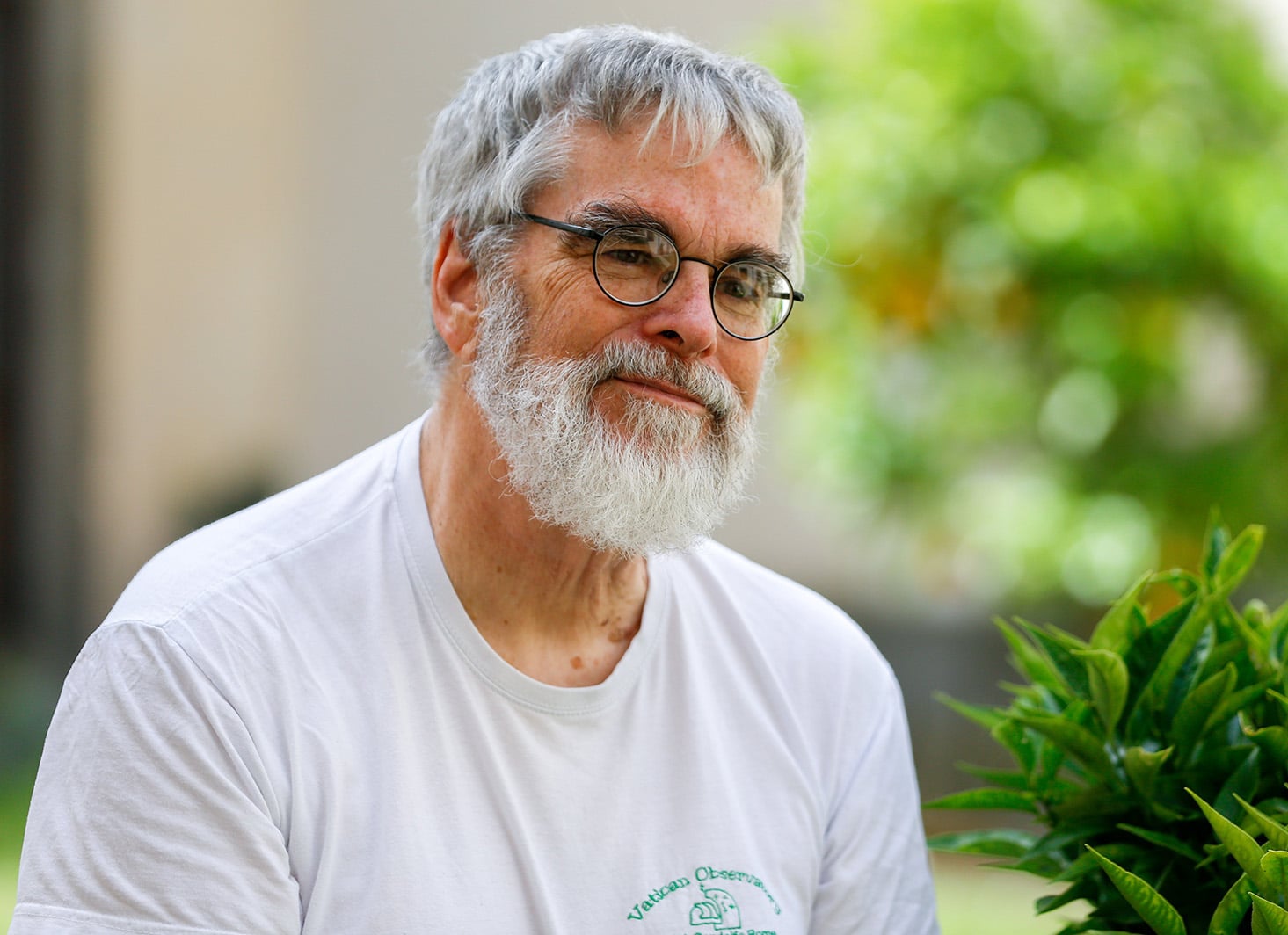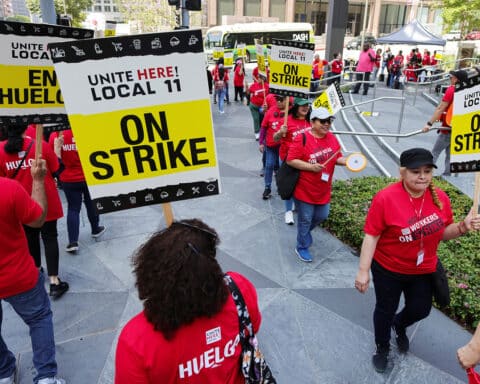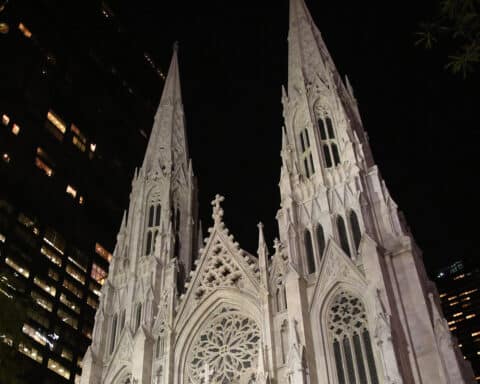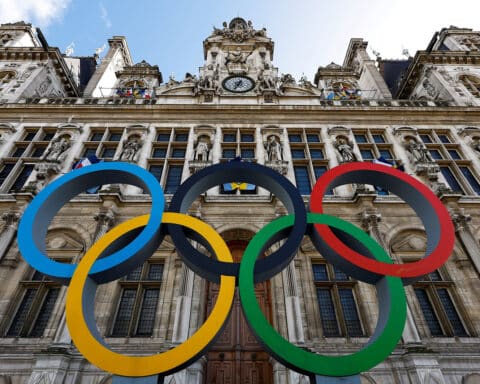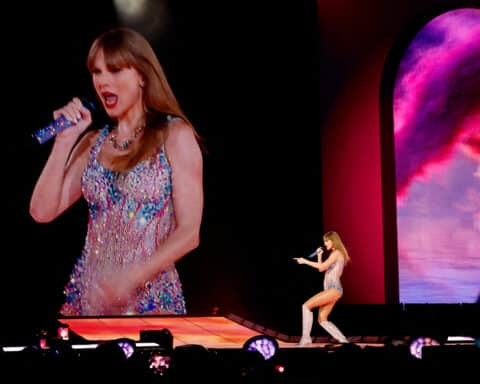Jesuit Brother Guy Consolmagno is the director of the Vatican Observatory. A native of Detroit, Michigan, he earned undergraduate and masters’ degrees from MIT and a Ph.D. in Planetary Science from the University of Arizona. He was a postdoctoral research fellow at Harvard and MIT, served in the U.S. Peace Corps (Kenya), and taught university physics at Lafayette College before entering the Jesuits in 1989. Brother Guy’s research explores connections between meteorites, asteroids and the evolution of small solar system bodies. He has observed Kuiper Belt objects with the Vatican’s 1.8 meter telescope in Arizona and measured meteorite physical properties to understand asteroid origins and structure.
At the Vatican Observatory since 1993, Brother Consolmagno was appointed its director in 2015 by Pope Francis.
Charlie Camosy: You’ve written yet another great book! This one is titled “When Science Goes Wrong: Desire and the Search for Truth.” What led to your writing this topic?
Jesuit Brother Guy J. Consolmagno: Chris Graney and I both do a lot of public outreach where we talk about science, and address faith-science questions. Over the years, we’ve discovered that a lot of people have some fundamental misconceptions about what science actually is, and how it does what it does. How can you talk intelligently about science to someone whose idea of science is missing some important concepts?
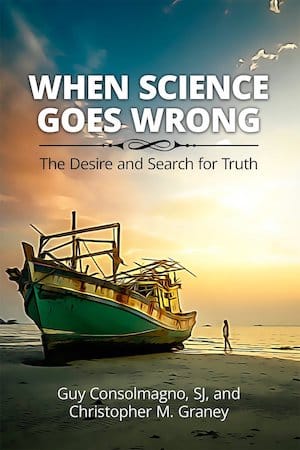
For example, most of us learn science in a classroom where we pass the course by being able to do problems and come up with the answers in the back of the book. But real science is not about facts that can be found in a book; it’s about all the stuff we don’t know yet, the stuff that will be in the backs of future textbooks! That’s where the fun lies. And inherently this means that a lot of what we think we know now isn’t quite right just yet. It’s wrong.
We’ve also learned that the best way to address these issues is by telling stories from the history of science that shows how science progresses precisely because it is not afraid to “go wrong”.
Camosy: I must ask about this in the context of the pandemic. This was obviously a foundational moment regarding several different issues, including the role and reputation of science and scientists. What do you think happened and/or is happening here? How does it overlap with the themes and goals of your book?
Brother Guy: The pandemic was a moment when we needed science the most. Science suddenly became an issue of life and death. To understand what a vaccine was and how much to trust it meant knowing what to expect from the science, and what not to expect. And that’s when it became so obvious to us that these misconceptions about science — both on the side of those who would deny the power of science, and those who gave it too much credence — got in the way of letting science grow and improve and help us out of the pandemic.
Camosy: Most of your book, unsurprisingly, has a focus on astronomy. Can you give us one brief story or anecdote that might suggest to possible future readers what else they will encounter when it comes to science going wrong?
Brother Guy: One of my favorite stories comes from the arguments against Copernicus’ idea of Earth spinning on its axis as it goes around the sun. It turns out, these challenges were mostly not based on the Bible at all; they were based on really good science that was only missing some subtle point no one at the time could have known about.
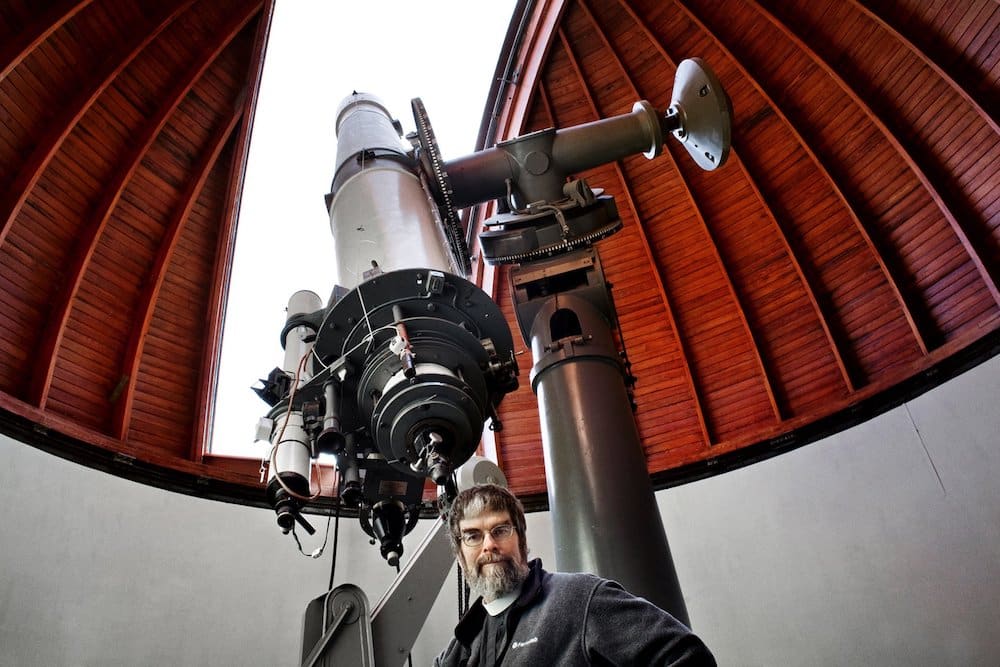
For example, several scientists of the day pointed out an effect about motion on the surface of a spinning globe, turning towards the east (to make the sun appear to move from east to west, from sunrise to sunset). In such a case, the actual speed at which the surface of the earth moves eastward should get less and less as you move north — the surface moves fastest at the equator, while at the north pole it isn’t moving at all.
But if you shot a cannon due north, the cannonball would have an inherent speed to the east. So, the path of the cannonball would appear to bend towards the east once it was traveling over a surface that was moving less quickly towards the east.
That very subtle effect actually happens; it is now called the Coriolis Force and it is what makes hurricanes swirl around. But for a cannonball the effect is so tiny that in practice it’s all but impossible to measure. Since no one had ever seen such a deflection in the 16th century, they concluded that Copernicus was wrong, and the Earth did not spin!
As you note, the early chapters deal with astronomy, where in a certain sense the stakes are low. It doesn’t matter to most people if they know whether the earth is spinning! But the fifth chapter looks at a much more serious case, where scientists — and worse, science’s “fan club” — attempted to use a brand new insight of science as a way of ranking and controlling people who were different from them.
The people who followed the eugenics movement in the late 19th and early 20th centuries — when it was all the rage in the Sunday supplements — thought that they could “breed” superior human beings. Besides the obvious immorality of manipulating human beings that way, the science behind it was absurd from start to finish. For instance, what do you mean by “superior” and how could you rank it? You can breed cows to give more milk or German shepherds to have pointy ears, but there is no such simple algorithm to rank human beings.
Yet in America, immigration from supposedly “inferior” nations (like Italy!) was restricted, and thousands of women, usually minorities, were forcibly sterilized. And, of course, we saw the ultimate outcome of eugenics in the death camps of Nazi Germany.
Camosy: You have a provocatively titled conclusion: “When Faith Goes Wrong.” What are you trying to get across here?
Brother Guy: Both faith and science are ways that we human beings try to search for truth. In both cases, because we are human, we can get it wrong. In fact, because of our human nature, we’ll never get it completely right!
But rather than being afraid of being wrong, or despairing of ever finding the truth, we can use the lessons we learned when we looked at how science could go wrong, and then as it grows, corrects itself and comes closer to the truth. How can that teach us about where our understanding of our faith might go wrong, and where we can find opportunities for our faith to grow?
The key insight is that our experience of faith — like truth, like love — is not something in a fixed and static state but something that we forever grow into, come closer to, appreciate more deeply. We learn from the very love or truth that we have managed to experience, how rich that experience can be, and how important it is to never give up seeking ever deeper ways to believe, to love, and to know. That is where we find God: God who is love, and who is the way, the truth, and the life.
Along with more than 250 scientific publications, Brother Guy is the author of several popular books including “Turn Left at Orion” (with Dan Davis) and “Would You Baptize an Extraterrestrial?” (with Paul Mueller). In 2000, the International Astronomical Union named asteroid 4597 “Consolmagno” in recognition of his work. In 2014 he received the Carl Sagan Medal from the American Astronomical Society Division for Planetary Sciences for excellence in public communication in planetary sciences. Aside from his work at the Vatican Observatory, Brother Guy currently serves as chair of the IAU Mars Nomenclature Task Group and vice president of the Meteoritical Society.

